World Fine Art Professionals and their Key-Pieces, 212 - Lucius Pax
World Fine Art Professionals and their Key-Pieces, 212 – Lucius Pax
Lucius Pax makes large paintings, installations and films with action. At Art The Hague 2017 his meter-sized army helicopter with enormous winding blades could be seen with the name PAX on the rear wing, and at Art The Hague 2018 a more than life-size German ‘Kommissar’, a television police commissioner on paper.
I visit him in his studio. There is a large easel on the left in the studio and on the right I see many paintings packed in black boxes. On the floor a work on paper in six parts. His paintings regularly show German texts. This also applies to two works with landscapes that stand against the wall in his studio.
Germany
Lucius Pax lived in Germany for eleven years in his youth. He relives that time in his paintings. His father was a professional soldier with the Royal Netherlands Air Force. From the 60s of the last century, the air force took part in NATO air defense. The Dutch soldiers took their families with them and lived in neighborhoods specially built for the Dutch near the Dutch army base in Hessisch Oldendorf in the German state of Lower Saxony. There were also Dutch schools. When Lucius Pax was two years old, the family moved from Soesterberg to Fischbeck, a village near the army base. “I played a lot with German children and watched a lot of German TV. When I got older I watched Tatort with my parents every Sunday evening at 8:15 pm on the first net of German television.” This is how his fascination for German crime TV series probably arose.
Adventures
When he lived in Germany, he always longed for the Netherlands. He was a Dutchman in a foreign country. As a child he was already aware of this. Now he often looks back with nostalgia for the time that he now experiences as special. “We were often outside. In the woods you could wander endlessly and on a journey of discovery, we found a ruin of a castle in the middle of the forest on a hill, and there were cherry trees along the road to the forest. With my friends I experienced many adventures as a soldier, cowboy or policeman. ”
In his paintings he incorporates his memories of Germany and German television. That also explains the visible German texts on his paintings. They are often typical German expressions that have stayed with him.
After 11 years the family went back to the Netherlands. His father went to work at the air base in Leeuwarden. After high school he went to study law in Groningen. After his studies he went to work for several years as a legal assistant at a German law firm in Gronau, just across the border at Enschede. That way he could travel back and forth between the Netherlands and Germany easily and quickly. He eventually became a lawyer in Rotterdam. From 2003 on he has his own law firm in The Hague.
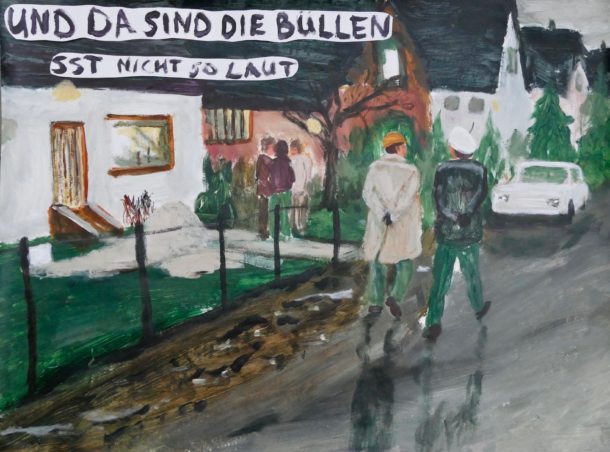
lucius pax – MB 5, l Life 79 acrylic on paper 100 x 75 cm title Da kommen die Bullen____Sst nicht so laut!
That is also the reason that he chose his artist name Lucius Pax. He wants to keep the worlds of the legal profession and the visual arts apart.
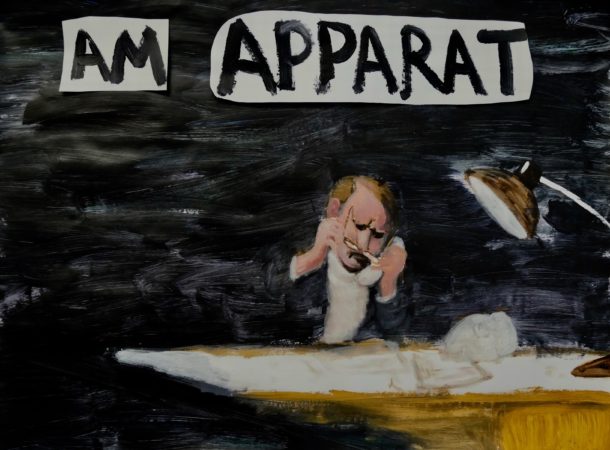
Lucius Pax – MB 6, Small Painting 2018 23 Artificial Life 86 acrylic on paper 100 x 75 cm title Am Apparat
Art Academy
Lucius Pax has been drawing a lot since childhood. He always wanted to make his own world. Under the influence of the many comic books he read, he wanted to become a cartoonist. “When I was about seven years old, my uncle thought I should go to the art academy. My art teachers later in high school had the same opinion.”
He did not take that step until 2001. “The most exciting moment in my life was the interview with Ernst Bergmans, associate professor at the Royal Academy of Visual Arts in The Hague. He felt that I had far too little work to be able to be admitted to the academy, he advised first to do the orientation year.”
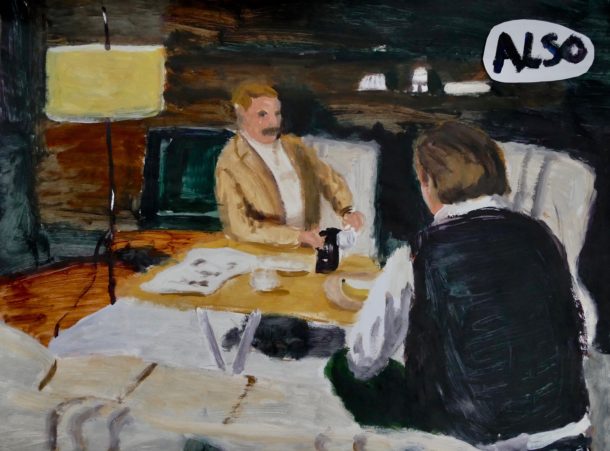
Lucius Pax – MB 7, Small Painting 2018 18 Artificial Life 81 acrylic on paper 100 x 75 cm title Also
The orientation year was a great time. “I learned to work looser and faster. Before the academy I worked very carefully and patiently on one painting for months. During the orientation I made three paintings in one lesson. For example, within half an hour I made a painting of English licorice. Based on that painting, I was accepted at the academy. I consider that licorice painting as my key work. It was a break with my old way of painting.” He graduated in 2007. “Then I was allowed to call myself a visual artist. The academy gave me enormous freedom. I also try to propagate this in my work. ”

Lucius Pax – MB 8, Small Painting 2018 18 Artificial Life 81 acrylic on paper 100 x 75 cm title Kommen Sie
What is his experience with the artistic life?
“It took me ten years to develop my own style. At the time I hardly had any exhibitions, but I still showed my work on Facebook, Tumblr and later on Instagram. Because I happened to see an old Tatort episode on YouTube, which took place in a similar village where I used to live, that time came back to my memory. Since then I have been painting scenes from those old Tatort episodes combined with my own memories. Probably because these paintings are recognizable to those who have seen those episodes, but are also my personal expressions, I get many positive reactions. Since then my options for exhibiting have increased considerably. ”
Lucius Pax is represented by Har. Art Gallery, Rotterdam, and WTC The Hague Art Gallery, The Hague.
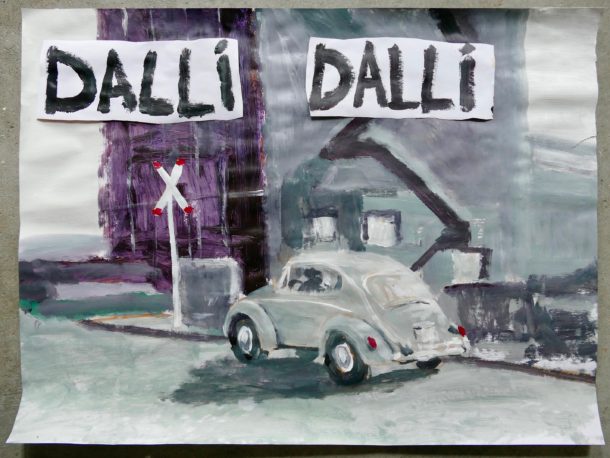
Lucius Pax – MB 10, Small Painting 2018 129 Artificial Life acrylic on paper 100 x 75 cm title Dalli Dalli
Images
1) Art The Hague 2017, 2) Art The Hague 2018, 3) English licorice, 4) Small Painting 2018 57 Artificial Life acrylic on paper 100 x 75 cm untitled, 5) l Life 79 acrylic on paper 100 x 75 cm title Da kommen die Bullen____Sst nicht so laut! , 6) Small Painting 2018 23 Artificial Life 86 acrylic on paper 100 x 75 cm title Am Apparat, 7) Small Painting 2018 18 Artificial Life 81 acrylic on paper 100 x 75 cm title Also, 8) Small Painting 2018 18 Artificial Life 81 acrylic on paper 100 x 75 cm title Kommen Sie, 9) Kunsthaus Knötschke 2, 10) Small Painting 2018 129 Artificial Life acrylic on paper 100 x 75 cm title Dalli Dalli
http://www.luciuspax.com/
https://ifthenisnow.eu/nl/verhalen/de-wereld-van-de-haagse-kunstenaar-98-lucius-pax
Disclaimer: The views, opinions and positions expressed within this guest article are those of the author Walter van Teeffelen alone and do not represent those of the Marbella Marbella website. The accuracy, completeness and validity of any statements made within this article are not guaranteed. We accept no liability for any errors, omissions or representations. The copyright of this content belongs to Walter van Teeffelen and any liability with regards to infringement of intellectual property rights remains with the author.

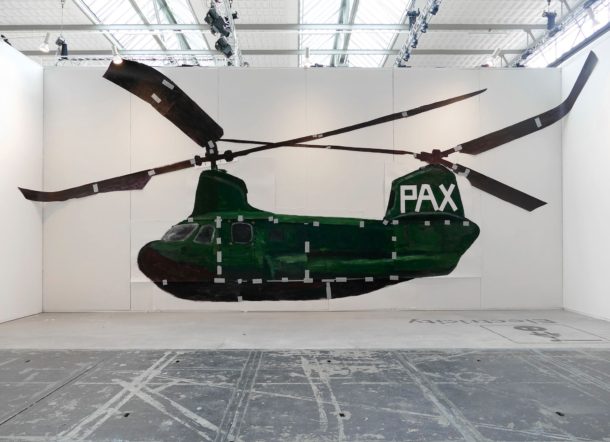
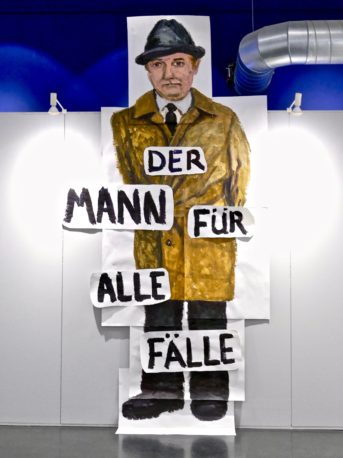

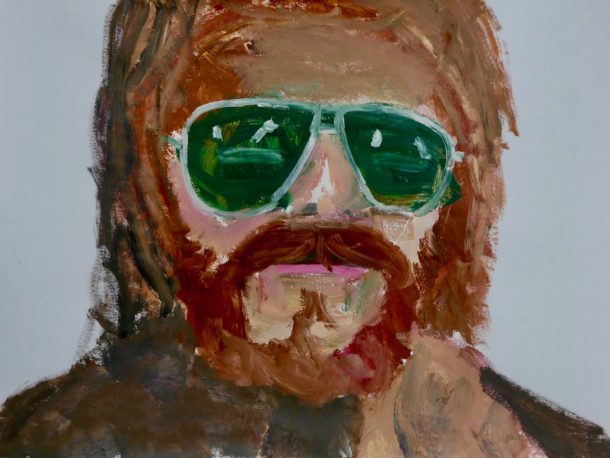
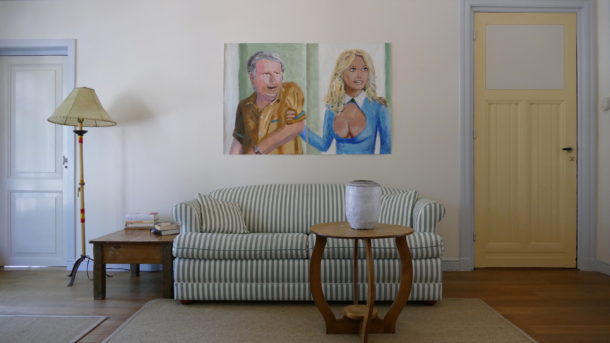














The opinions expressed by individual commentators and contributors do not necessarily constitute this website's position on the particular topic.